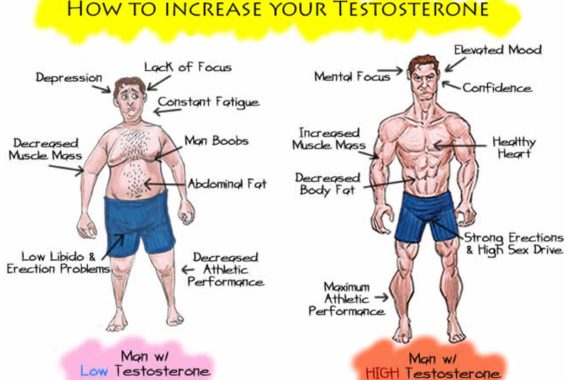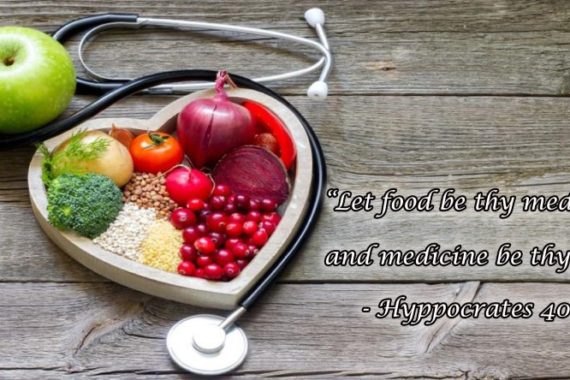
Ketosis: Glycogen and Water Weight
If you are dieting or planning to start a diet, you need to understand the connection between bodyweight and glycogen, that is how carbohydrates get stored in your liver and muscles, so you don’t overestimate your weight loss as you cut out carbs or gain weight back when you add them back to your diet.
What is glycogen?
Is glycogen a carbohydrate? Glucose is a carbohydrate that your body uses for fuel and glycogen is stored glucose.
Glycogen is either created directly from food via a process called glycogen synthesis or a separate process called gluconeogenesis. Your body stores most of the extra energy (calories) it gets from food in your body fat reserves. But it also stores away some of that energy as glycogen. Some glycogen is stored in your liver, but most of it is stored directly in your muscles. Your body stores glycogen in your muscles so it can quickly use it for energy if you need to run to catch a bus or climb a set of stairs for example. And while your body fat is a slow-burning energy source that can help you survive without food for days, your glycogen reserves are a fast-burning energy source used for intense activities.
High-intensity activities like sprinting and HIIT workouts draw upon the glycogen tucked away in our muscles (i.e. glycogen stores) for fuel, which is why you hear about marathoners “carb loading” in the days before a big race.
Where is glycogen stored?
Like we said above, some glycogen is stored in the muscles but there are also some glycogen stores in the liver. The glycogen stored in the liver is what keeps the body running (think, brain, digestive, and cardiovascular function). For anyone not on a low-carb meal plan like the ketogenic diet, the body needs a minimum of 100 grams of glucose each day in order to meet the basic demands of the brain.
So, what happens if a person consumes significantly less than 100 grams of carbohydrates in a day? What happens when the body runs out of glycogen stores? Well, it’ll have to call on other sources of energy.
Your body gets it’s energy from the easiest sources possible as long as they’re available. Carbohydrates provide fast energy — especially simple carbs (white bread, sweets, fructose, etc.) because they are quickly converted into sugars with more complex carbs following shortly after.
For a person following the Standard American Diet (SAD) — which amounts to an average of 300 grams of carbohydrates per day — it’s hard for the body to burn through all of it’s ingested potential energy. Instead of burning through all of these carbohydrates during the day, the body sweeps them away under the rug by first storing some as glycogen and the rest as fat. The amount of glycogen your body stores in the muscles, liver, red blood cells and kidneys is based on a number of factors — activity level, sex, muscle mass — and ranges from 1,600-2,800 calories of carbohydrates.
However, when you cut ingested carbs down to less than 100 grams per day something quite interesting happens: the body burns through those consumed carbs first, then turns to the glycogen stores in the liver to maintain its basic system functions. When those stores run out (i.e. glycogen depletion), usually after about one day of carb deprivation, something interesting magical happens.
Gluconeogenesis: The body’s backup plan
If there’s no more glucose or glycogen to be had, a process called gluconeogenesis begins in the liver.
Gluconeogenesis is the reason why you don’t actually need any dietary carbohydrates whatsoever to keep on keeping on. When faced with low carbohydrate intake in the diet, the liver will kick into gluconeogenesis gear, generating the glucose necessary for brain function.
However, getting your glucose through gluconeogenesis is a long process. Consider those carb loading marathon athletes again. There is a phenomenon known as “hitting the wall,” which is when the body reaches total exhaustion because no more energy is available. This is a direct result of glycogen depletion in the muscles. For non-marathoners, glycogen depletion is generally brought on by switching to a low-carb diet and the first few days of eating which results in similar symptoms of “hitting a wall.” This feeling is also known as the Atkins flu, induction flu, keto flu or low-carb flu, and is marked by 2-3 days of symptoms like nausea, headache, low-energy, and irritability.
What lies on the other side of the flu is excellent news for anyone looking to burn fat because the best alternative energy source for the newly adjusted body is its fat stores. After overcoming the “flu” and breaking through the wall, you’ve now entered fat-burning mode — commonly referred to as a state of ketosis.
Am I losing fat or water weight: Carbs and water retention
It’s common for those new to a low-carb lifestyle to lose a significant amount of weight at the very beginning of their carb restriction. That could mean four, 10 or even 12 pounds in the first two weeks depending on a person’s starting weight. You might ask, is this rate dangerous? Not always.
It’s all about the glycogen stores and the association between carbs and water retention. Each gram of glycogen is associated with 3-4 grams of water. So, as your body burns its way through the reduced dietary carbs and into the glycogen stores, the water attached to the glycogen is lost as well resulting in the phenomenon commonly known as “losing water weight.” There’s no fat loss here yet — it’s like the glycogen and accompanying water are squeezed out of your muscles and liver.
This also explains why plenty of folks experience an alarming weight gain the day following a “cheat meal”. Even if the ingested carbs are at a moderate level (i.e. consumption of a grilled cheese sandwich, not an entire deep-fried birthday cake), your liver and muscles snatch up as much glucose as they can take, including up to four grams of water to accompany each gram of glycogen.
Will all the fat burned during ketosis return?
Let’s get back to the subject of ketosis — the state your body enters when you begin to burn fat as fuel instead of carbs and glycogen stores. One of the most persistent warnings low-carb naysayers have regarding losing weight in a ketogenic state is that “you’ll just gain it all back once you go off the diet.” This isn’t the whole truth. Yes, the water weight associated with glycogen stores will return almost immediately as soon as you switch back to ingesting more than 100 grams of carbs per day — that’s just the nature of glycogen storage. Any weight gain beyond that is as a result of caloric surplus, not anything related to coming off ketosis.



